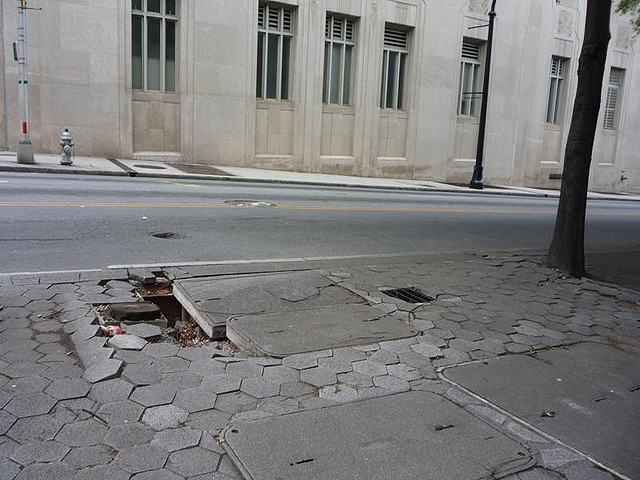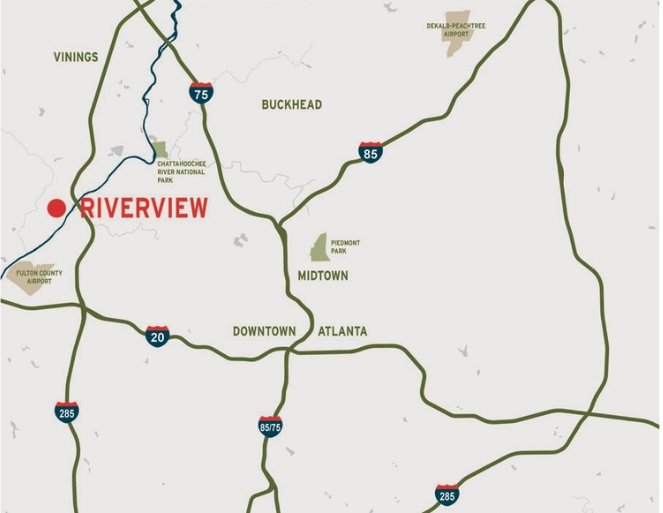Rutheiser, Charles. “Making Place In The Nonplace Urban Realm: Notes On The Revitalization Of Downtown Atlanta.” Urban Anthropology and Studies of Cultural Systems and World Economic Development 26.1 (1997): 9–42. Print.

Within the texts of “Making Place In The Nonplace Urban Realm: Notes On The Revitalization Of Downtown Atlanta” author Charles Rutheiser discusses and examines the deep-rooted structural problems within the city of Atlanta and how this has and will affect the future of the built environment of Atlanta. Contained throughout Rutheiser’s essay is evidence that though Atlanta has been successful in job creation and population growth over the years, the social infrastructure and physical landscape of the city is gradually deteriorating and is negatively effecting the exterior built environment of Atlanta. This source provides factual evidence to those who are seeking to understand and gain knowledge on enhancing the atmospheric and urban landscape of residential and commercial neighborhoods of Atlanta to perfect the exterior environment of the space and to match the economic growth and success of the city as well. Ruthesiers arguments in this source are mainly comprised of factual evidence which adhere to the exterior infrastructure of the city and provide minimal biased opinions throughout the piece. This source helps in providing information on how the city of Atlanta, though very successful for coming generations, can better itself within its physical attributes as well.



